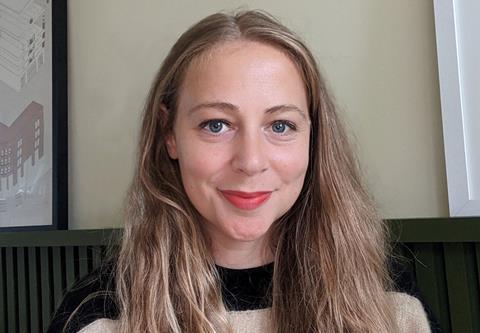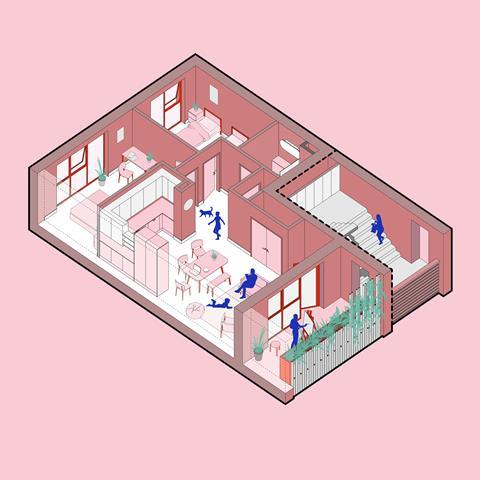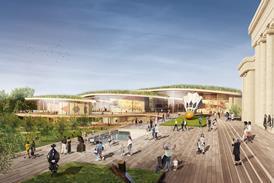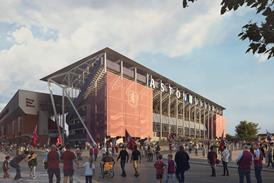With the government targeting 1.5 million new homes, Chloe Phelps reflects on why 2025 feels like a turning point for housing architects – and how the profession can rise to the challenge despite tight resources

With the holidays over and inboxes filling up, it’s time to set the agenda for the year ahead. As an architect involved in predominantly housing, it feels like the first positive January in a while. Following numerous policy announcements from the government in December, it seems as though the stage is finally set for the industry to come together to start creating the biggest production of housing in a generation.
But crumbs, there is a big task ahead. Over the last ten years, MHCLG figures show we’ve been completing around 230,000 homes per year on average. To meet the magic 1.5 million homes, we broadly need to see a 60% increase in annual production. This clearly isn’t going to happen overnight.
The Housing Forum has produced a report that sets out a potential pathway where the numbers staircase from 160,000 in year one to 450,000 by 2029 and beyond, leading into a potential general election and a call for cross-party support for a long-term plan on housing delivery.
But what can we do as architects? The planning policy adjustments are largely helpful, but there is a long way to go with funding, gateways, procurement, manufacturing, green skills, putting communities at the heart of new developments – the list goes on.
Let’s shape what we can control and influence what we can’t. Let’s grow a profession that has a positive influence on the wider industry
Within our own profession, we’ve got the issue of low fees and higher levels of responsibility. We should and can, of course, continue to lobby and advocate, but in particular, I’m keen to take action from my laptop starting today.

The word that keeps coming up in conversations I’ve had over the last few months has been waste: wasted buildings that get demolished, wasted time on procurement activity, wasted ideas on competitions, wasted materials, wasted money, wasted planning applications that haven’t been realised… there is a great deal of inefficiency in our industry and huge opportunities for innovation and productivity.
So, my mantra for the year ahead is less waste. Starting in my own backyard, this will include working out ways to deliver services more efficiently.
What is really needed by the client? Can we deliver that report more efficiently? Do we really need that many options? Does that design and access statement really need to be 200+ pages long? Who is this really for, and what does it need to say? How can we deploy AI better to do those repetitive and time-intensive tasks?
In time, this will free up more time to be more productive and create a focus on the really important R&D. How do we create better homes that suit people’s lives? How do we do this at scale and in an efficient manner? How do we design buildings with less waste? How can we create better systems for assembly and disassembly?
Let’s shape what we can control and influence what we can’t. Let’s grow a profession that has a positive influence on the wider industry.
Let’s do more by wasting less.
More on the year ahead:
> Reuse, conservation, and learning: looking ahead to what will shape architectural practice in 2025
> Wellbeing isn’t delulu – it’s key to creating healthier places
> What’s stopping us from doing even better in 2025?
> Meeting housing targets is not enough – 2025 must deliver better homes for those who need them most
> Navigating the talent shortage: recruitment lessons for the year ahead
















1 Readers' comment